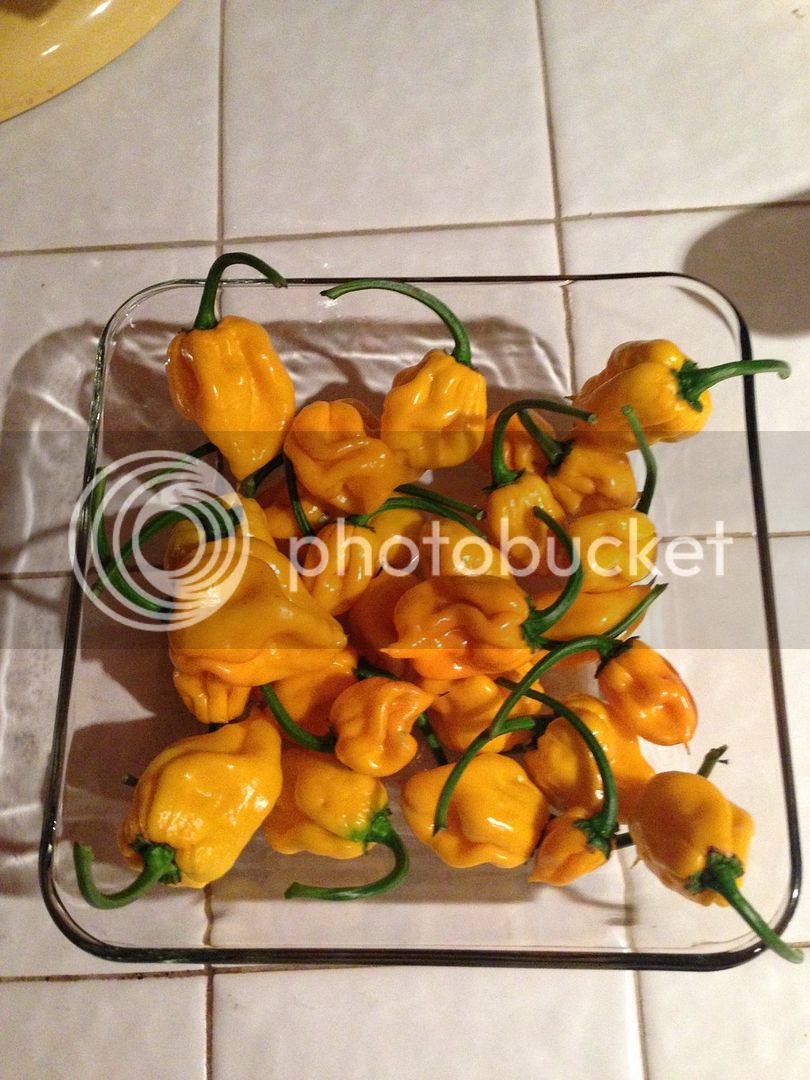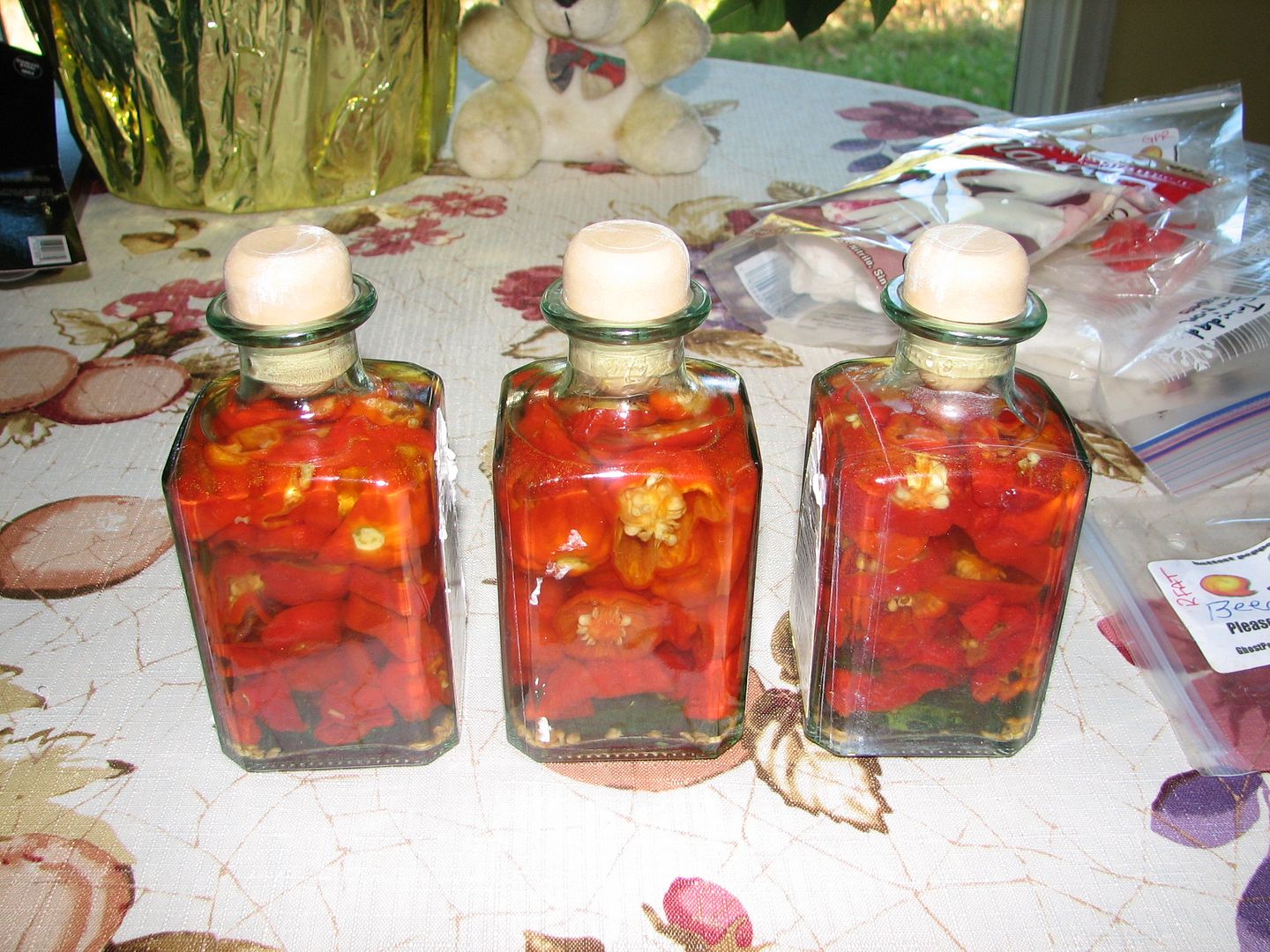Guys. I have made my first lactofermented hot sauce by instruction given on this blog. Thank you very much 
i have a question... My hot sauce ismaybe to salty or acidic. How can i make it little less acidic. I put 4% of salt in my mash and that it ??
Help help
![20150924_110918[1].jpg 20150924_110918[1].jpg](https://cdn.homebrewtalk.com/data/attach/259/259623-20150924-110918-1-.jpg)
i have a question... My hot sauce ismaybe to salty or acidic. How can i make it little less acidic. I put 4% of salt in my mash and that it ??
Help help
![20150924_110918[1].jpg 20150924_110918[1].jpg](https://cdn.homebrewtalk.com/data/attach/259/259623-20150924-110918-1-.jpg)



















![Craft A Brew - Safale BE-256 Yeast - Fermentis - Belgian Ale Dry Yeast - For Belgian & Strong Ales - Ingredients for Home Brewing - Beer Making Supplies - [3 Pack]](https://m.media-amazon.com/images/I/51bcKEwQmWL._SL500_.jpg)
























